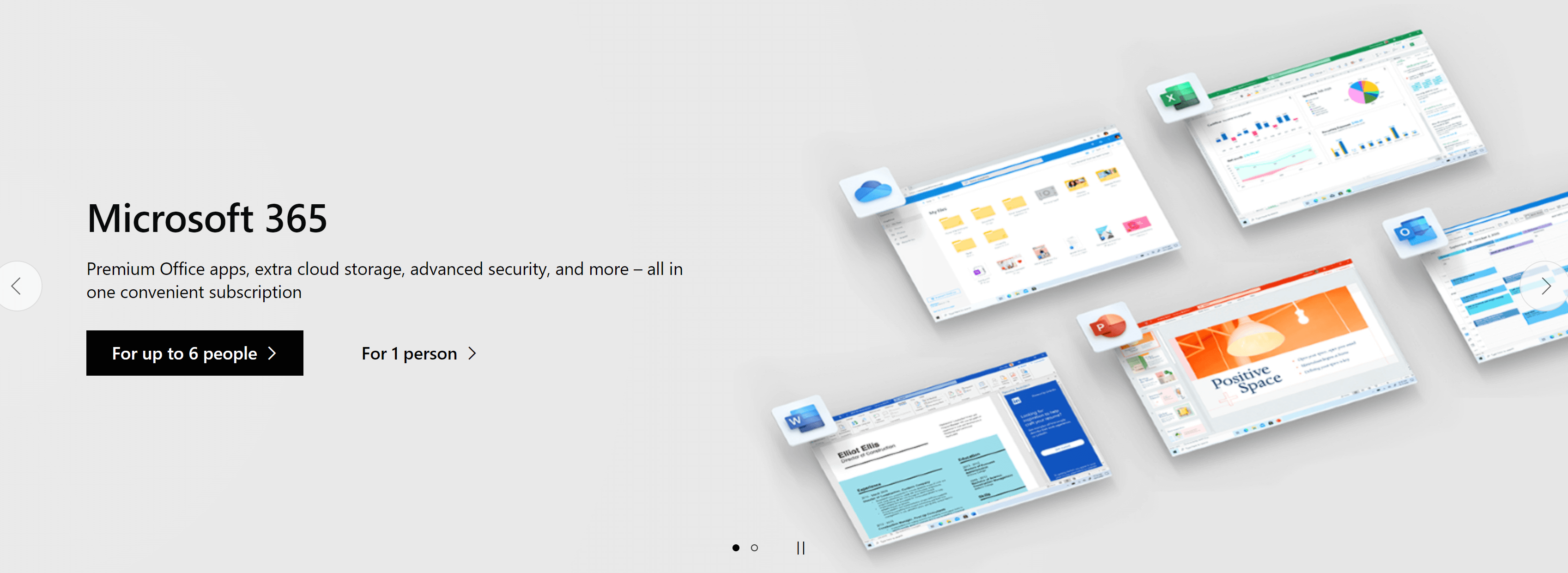What Are Some Trends in Improving Financial Services? Did you know The Harvard Business Review conducted a study that showed 50 per cent of consumers would trust AI to provide financial services? The business and finances world is in constant evolution and you want to...

Microsoft Overtakes Salesforce.com – Forrester
Microsoft Overtakes Salesforce.com
“Microsoft delivers on intelligent seller productivity.” – Forrester 2017 Q2 report
The Satya Nadella Treatment
You might ask yourself what has given Microsoft the edge? While they have invested heavily in machine learning/artificial intelligence, and the now famous acquisition of LinkedIn, Forrester put it down to a “heightened focus on seller productivity”.
Sales software has traditionally focused on reporting and analytics. But with deep integration into Outlook, Microsoft has made it possible for sales reps to more productive on the go. Simple things such as not switching between apps has recently been shown to have a massive impact on revenue.
Forrester concludes:
“Microsoft is a best fit for companies looking to capitalize on the productivity gains of their other Microsoft cloud investments” – which is fairly obvious. But interestingly, they go on to say:
“..and those companies that are …looking to disrupt their peers with AI and machine learning”
Sales teams across the globe are already disrupting their competitors with Microsoft’s new Dynamics 365 platform, but ironically, this disruptive ability is already being felt by Microsoft’s own competitors.
If you want to find out more, why not check out: Office 365 & Dynamics 365
[1] John Bruno, The Forrester Wave: Sales Force Automation Solutions, Q2 2017 (Forrester)
Don’t miss more articles by The CRM Team
What Are Some Trends in Improving Financial Services?
Digital Transformation and Customer Experience: A Deep Dive
Digital Transformation and Customer Experience: A Deep Dive Consumer habits have changed as a result of new, more accessible digital technologies. Businesses must now focus on providing more personalized services. These personalized services communicate with and...
How Microsoft Cloud Optimises the Customer and Employee Experience
How Microsoft Cloud Optimises the Customer and Employee Experience The concept of a digitally centralized cloud started in the 1960s. However, usability and access to cloud services have grown drastically in recent years. The Microsoft cloud allows us to store data...
Discover More Stories











Recent Comments